
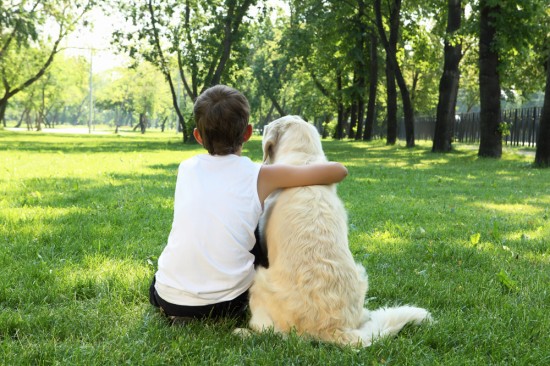
Even if you are an experienced dog owner who spends a lot of your time around dogs, there are a few simple rules that you should follow to ensure that you are not inadvertently nipped or bitten by a dog that is unhappy, stressed or defensive. If you have children, teaching them about dog behaviour, how to treat dogs and how to stay safe when handling them is of course also vitally important!
Minimising the risks of any inadvertent injury or attack by a dog of any shape or size doesn’t have to be difficult; There are a few simple rules to follow to ensure that you have the best chance of being able to do this, and that you don’t accidentally trigger defensive aggression in any dog. Fortunately they are all relatively easy to understand and intuitive to follow!
If you are wondering what you should teach your children about staying safe around dogs, or if you just want to check that you are doing everything that you should be, read our top twenty tips for staying safe around dogs; both your own and other people’s.
1. Teach your children not to approach a strange dog that is tied up or running lose without their owner present.
2. Make sure that you ask the owner before you touch or approach a strange dog, and teach your children that it is both impolite and possibly dangerous to pat or touch someone else’s dog without asking first.
3. Give strange dogs their space; do not stand so close to them that they begin to back away or take on a defensive posture.
4. Make sure that your children never tease your dog (or anyone else’s) and that they learn the cues and warnings signs that indicate that a dog prefers to be left alone.
5. Don’t play too roughly with your dog, and again, let your kids know not to go too far with the rough and tumble!
6. Ensure that your children know that if your dog is ill, injured or asleep that they should not be disturbed.
7. Don’t leave younger children unattended with your dog or anyone else’s for any reason.
8. Always stay calm around a dog that is acting defensively or aggressively; do not make sudden movements, raise your voice or wave your arms around.
9. Don’t turn your back on a dog that is acting aggressively; back away while remaining face-on to them.
10. Scared or nervous dogs can nip or bite from fear; never force yourself into the space of a dog that is backing away from you or is clearly scared by your presence.
11. If a dog is acting aggressively or appears to be considering an attack, try to put something else between you and the dog’s approach; whether that is an item of furniture, your bag, or anything else, it may help to shield you from a potential bite.
12. Even friendly-looking dogs can change their minds if you approach them too suddenly, or in a way that unnerves them; When approaching a dog that you don’t know, stop a few feet from them and encourage the dog to make the final moves to come to you.
13. Don’t make direct eye contact with a dog; when dealing with other people, eye contact is of course considered to be polite, whereas with dogs it is read as a powerplay! Not every dog will cede authority to you, so lower your eyes while still looking at their face to read their reactions.
14. If a dog growls, raises their hackles or exposes their teeth with a curled lip, always back away, whatever the circumstances.
15. Never try to take food away from a dog you don’t know, or disturb them while they are eating. Make sure that your children also follow this rule!
16. If you are physically much larger than a dog that you are attempting to connect with, consider crouching down to make yourself appear less threatening. Don’t sit on the ground with a dog that you have not sussed out; crouching means that you will be able to get back to your feet quickly if you need to.
17. Be careful when giving treats to a strange dog (and of course, only do so with their owner’s permission)! And teach your children the correct way to hold their hand out to avoid getting their fingers nipped in place of a treat!
18. If your dog is sick or appears injured, examine them with care; inadvertently touching a painful area can trigger a defensive nip or bite that can be equally shocking to both you and your dog.
19. If a dog is muzzled, remember that this may indicate aggressive or defensive tendencies; but it may also mean that they simply like to scavenge for food or chase smaller animals, and their owner is trying to prevent this!
20. When you are out with your children, remember that even a very friendly dog can cause an injury if they are over-boisterous and jump up at a smaller child, so stand between your child and any approaching dog, even if the dog is clearly simply excited and happy to meet you.
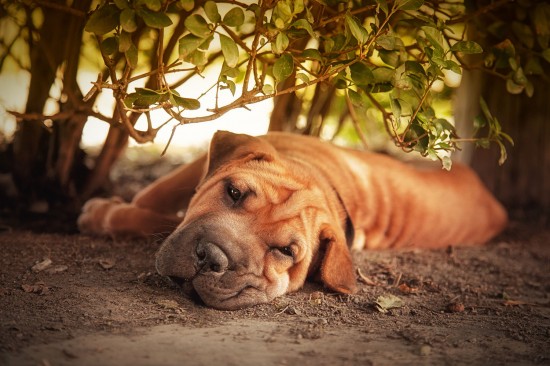 What Is Histoplasmosis Fungal Infection In Dogs ?
What Is Histoplas
What Is Histoplasmosis Fungal Infection In Dogs ?
What Is Histoplas
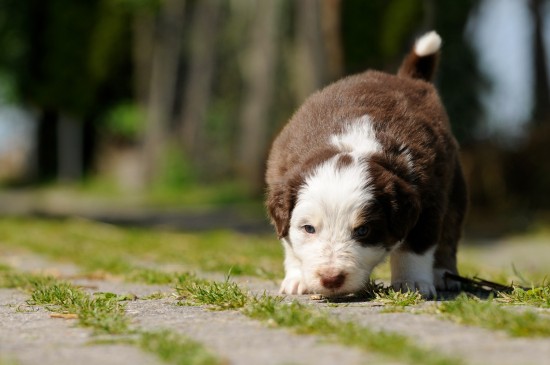 Can Dogs Use Their Sense Of Smell To Find Their Way Home?
Can Dogs Use Thei
Can Dogs Use Their Sense Of Smell To Find Their Way Home?
Can Dogs Use Thei
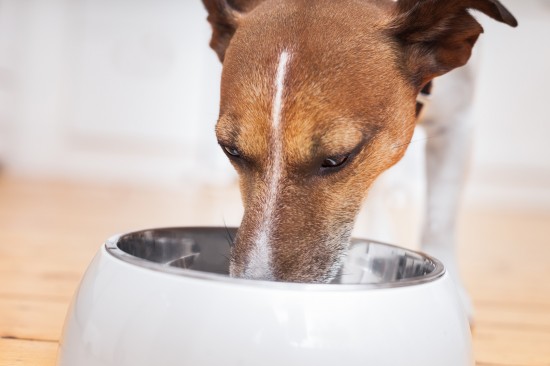 10 Faqs About Commercial Complete Dry Dog Food Preservatives
10 Faqs About Com
10 Faqs About Commercial Complete Dry Dog Food Preservatives
10 Faqs About Com
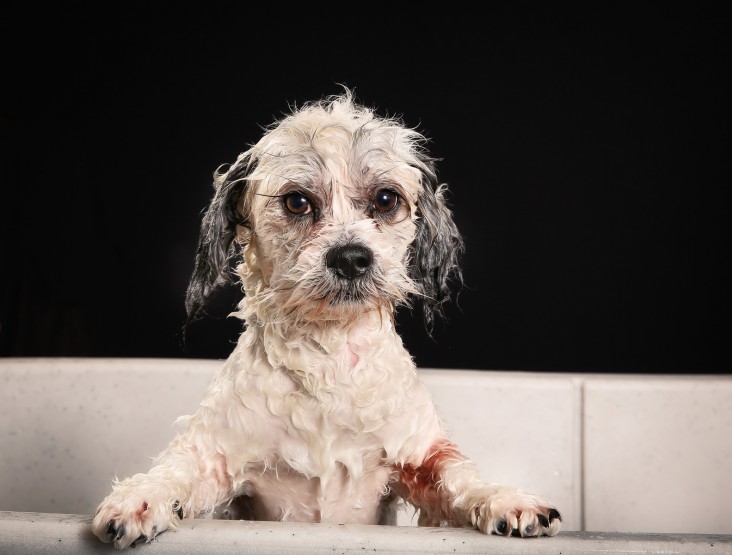 Ten Spring Cleaning Tips For Dog Owners
Ten Spring Cleani
Ten Spring Cleaning Tips For Dog Owners
Ten Spring Cleani
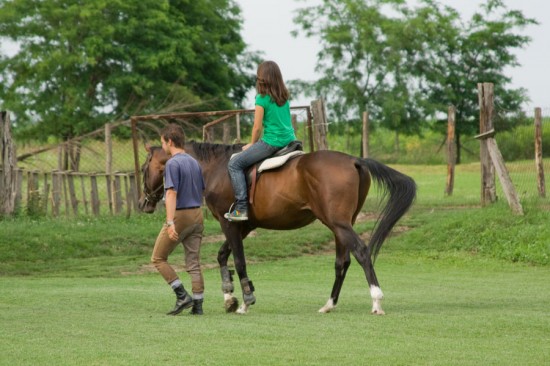 Choosing A Horse Riding School For The Novice Rider
Choosing A Horse
Choosing A Horse Riding School For The Novice Rider
Choosing A Horse
Copyright © 2005-2016 Pet Information All Rights Reserved
Contact us: www162date@outlook.com